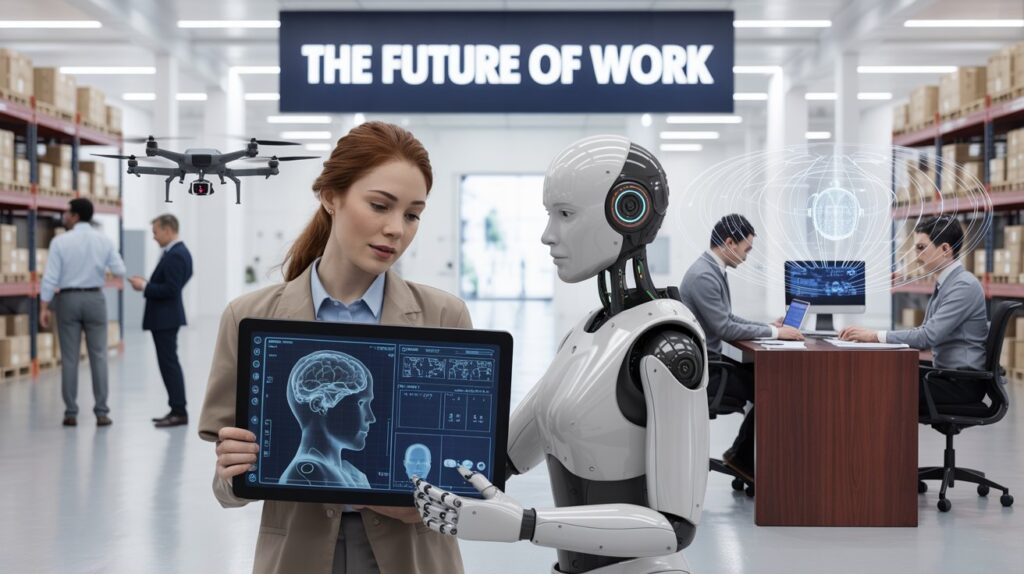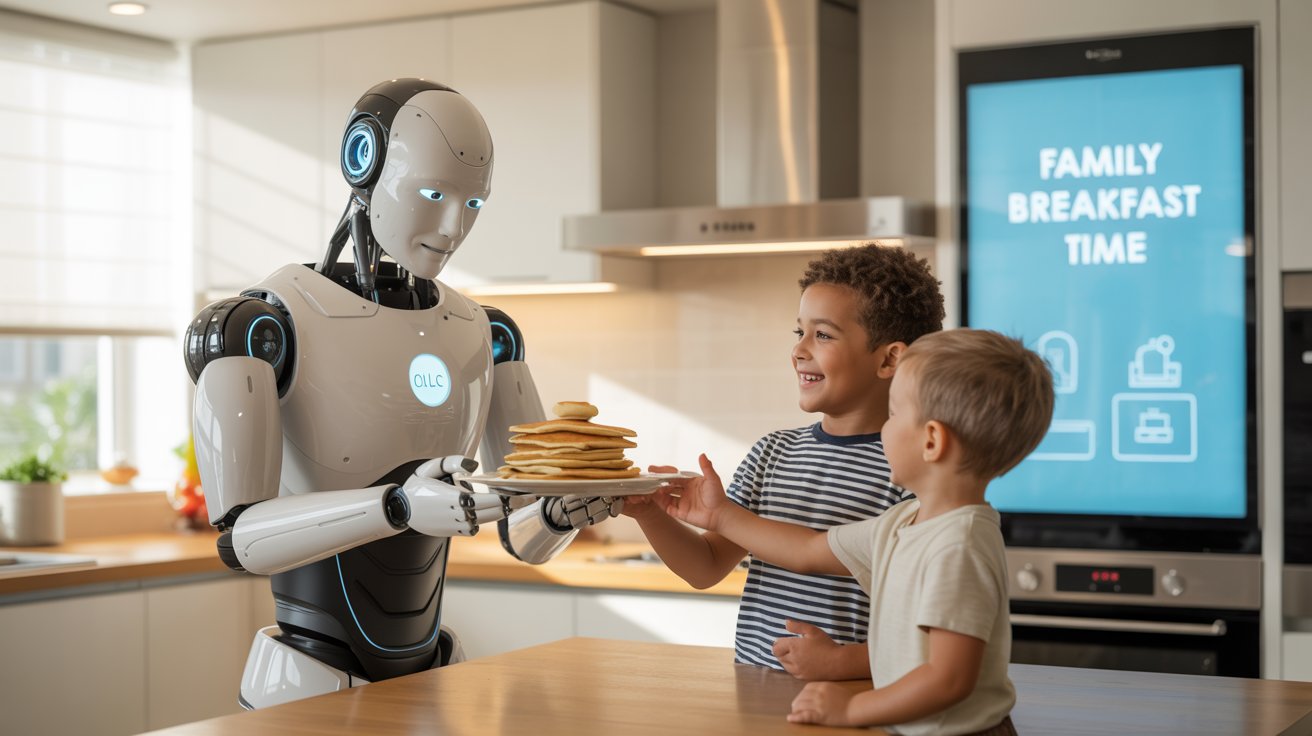Imagine waking up in the morning and being greeted by a robot that knows your routine—your favorite breakfast, the temperature you prefer, and your daily calendar. This scenario may sound futuristic, but in reality, it’s quickly becoming our new normal. The future of robotics is not about distant sci-fi fantasies anymore. It’s about intelligent machines becoming an integral part of our everyday lives, especially across households and businesses in the United States.
From smart homes to healthcare and education, robotics powered by Artificial Intelligence (AI) is reshaping how we live, work, and interact. As this technology evolves, its influence is becoming more profound and personal.
Let’s explore what the future holds for robotics, and how intelligent machines are quietly transforming daily life across America.
Robotics Today: More Than Just Industrial Arms
When most people think of robots, they often imagine factory machines or military drones. But today’s robots are much more diverse. In fact, many Americans already interact with some form of robotics regularly, even if they don’t realize it.
Examples include:
- Robotic vacuums like Roomba that clean floors autonomously
- Voice assistants like Alexa and Google Assistant integrated into smart home hubs
- Automated checkout systems in retail stores
- Delivery drones and autonomous vehicles in pilot programs
The shift from industrial settings to consumer and domestic environments marks a key milestone in the evolution of robotics.
Smart Homes: Where Robotics Meets Daily Life
Smart homes are at the forefront of robotic integration. Across the U.S., millions of households now use AI-powered home automation systems to control lighting, temperature, appliances, and security.
Future home robotics will go beyond voice commands and smartphone controls. Context-aware robots will be able to:
- Cook meals based on dietary preferences
- Organize household chores with minimal input
- Assist the elderly or people with disabilities
- Monitor home safety in real-time
Companies like Samsung, LG, and Amazon are actively investing in robotic assistants that can move around homes, recognize emotions, and adjust behavior accordingly.
Healthcare Robotics: Intelligent Caregivers and Companions

In the healthcare industry, intelligent machines are already proving to be life-changing. Robotic technology is being used for surgery assistance, patient monitoring, elderly care, and even mental health support.
In the near future, U.S. hospitals and nursing homes could see robots that:
- Help patients with physical therapy routines
- Detect early signs of illness using real-time data
- Provide companionship to combat loneliness in seniors
- Support overwhelmed staff during medical emergencies
One standout example is Moxi, a robot assistant that handles hospital errands, giving nurses more time for patient care.
Robots in Education: Personalized and Inclusive Learning
American classrooms are also witnessing the impact of robotics. AI-driven robots are helping teachers manage large classrooms, engage students in new ways, and offer tailored support for learners with disabilities.
Future robotic systems could:
- Tutor children one-on-one in subjects like math or coding
- Translate lessons in real-time for non-English speakers
- Adapt teaching styles to suit individual learning speeds
- Support students with autism or learning challenges
With U.S. schools adopting more edtech solutions post-pandemic, intelligent robots are likely to become trusted aides in classrooms.
Retail and Customer Service: Human-like Assistance
The retail sector is rapidly adopting robotics to enhance customer experience and operational efficiency. Whether it’s an AI-powered kiosk at McDonald’s or warehouse robots at Amazon, intelligent machines are becoming the silent backbone of many American businesses.
In the near future, customers may interact with humanoid robots capable of:
- Answering questions using natural language processing
- Guiding shoppers through stores
- Personalizing product recommendations
- Handling returns and troubleshooting issues
Retail robotics won’t replace humans but will work alongside them to create smoother, more responsive service experiences.
Transportation and Delivery: The Rise of Autonomy
From self-driving cars to robotic food delivery, AI-powered robotics is transforming transportation logistics. Companies like Tesla, Waymo, and Starship Technologies are pioneering autonomous solutions that promise safer, more efficient systems.
Here’s what’s coming:
- Self-driving taxis that reduce commuting stress
- Delivery robots that drop off groceries or prescriptions
- Drones that carry urgent medical supplies to rural areas
- AI-enabled traffic systems that adapt in real time
For a country as vast and mobile as the United States, intelligent transport robotics could save billions in fuel, labor, and time.
Robotics and Employment: Redefining the Workforce
There’s an ongoing concern that intelligent machines will displace human jobs, especially in blue-collar sectors. However, the more likely scenario is that robots will augment jobs, not eliminate them.
Future trends include:
- Robots handling repetitive, dangerous, or precision tasks
- Humans focusing on creative, strategic, and interpersonal roles
- New jobs emerging in robot programming, maintenance, and oversight
Upskilling will be crucial. American workers must adapt to this new partnership between humans and machines, with education systems and government policy helping bridge the transition.
Challenges Ahead: Ethics, Privacy, and Trust
As robots become smarter and more integrated into daily life, serious questions arise:
- How much autonomy should robots have?
- Who’s accountable when a robot makes a mistake?
- What happens to personal data collected by intelligent machines?
For the U.S., these questions are central to how regulations are crafted and how public trust is maintained. Transparent data policies, ethical AI frameworks, and inclusive design will be critical to ensuring that robotic progress benefits everyone.


1 thought on “The Future of Robotics: Intelligent Machines in Everyday Life”